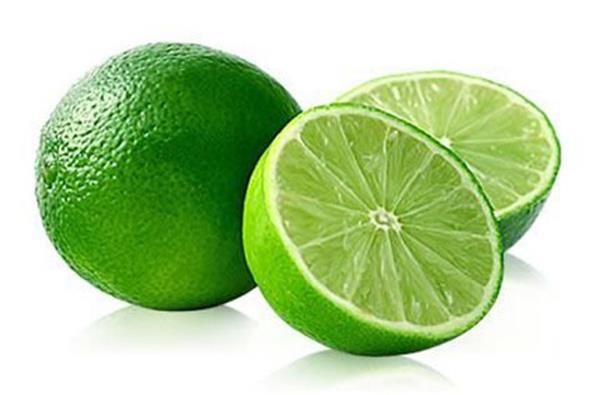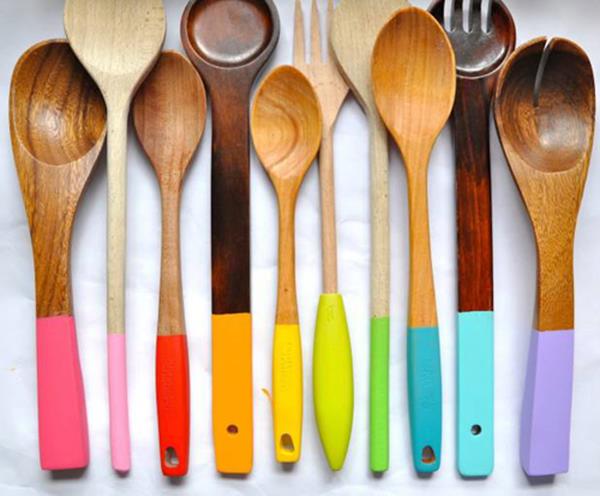Wooden chopsticks and spoons that are wood should not be cleaned in the normal way, because this way will easily create colonies of bacteria, mold, causing unsanitary food safety. In the article below, WebTech360 will help you to clean the spoon and chopsticks clean, hygienic and free from the appearance of mold.
How to fix moldy wooden spoon and chopsticks
1. Lemon

Just squeeze the juice of a lemon and dilute it with boiling water. Then you dip a wooden spoon or chopstick in the solution and soak for 15 minutes. If the water cools, add more boiling water. After about 15 minutes, you take the item out and wipe it off with a cotton towel and then dry in the sun to dry from the outside to the inside.
2. Vinegar
Just mix a cup of vinegar with a bowl of water, then add a teaspoon of honey and stir the solution. Soak a cotton towel in the solution, wring it out and then use it to wipe wooden utensils, repeat 2 times to make them shiny.
3. Warm water

Beat the mold on wooden spoons and chopsticks
This is a method that many ancient people used to clean wooden spoons and chopsticks. You should wash it after use to avoid mold.
4. Baking Soda and lemon juice
This way, just mix a paste made of baking soda and lemon juice. Apply the mixture evenly on wooden utensils and let them dry in the sun for half an hour. Finally, rinse with hot water.
Prevent wooden spoon from mold

Prevent wooden spoon from mold
- When buying wooden spoon and chopsticks, you should choose reputable brands, absolutely do not be cheap to buy those without origin, easily cause disease.
- After buying, you should bring it to wash, boil it in boiling water and let it dry for 4 to 6 hours. That way, all the bacteria on it will die, because during the fabrication process, these objects are very susceptible to infection.
- During the cleaning process, wash your hands gently to avoid abrasion of the outer shell.
- After washing, drying and then putting them in the drawer, otherwise the humidity and tightness of the cupboards will make these items more susceptible to mold, leading to disease.
>>> See more: Glass and plastic cups: What should I buy?























